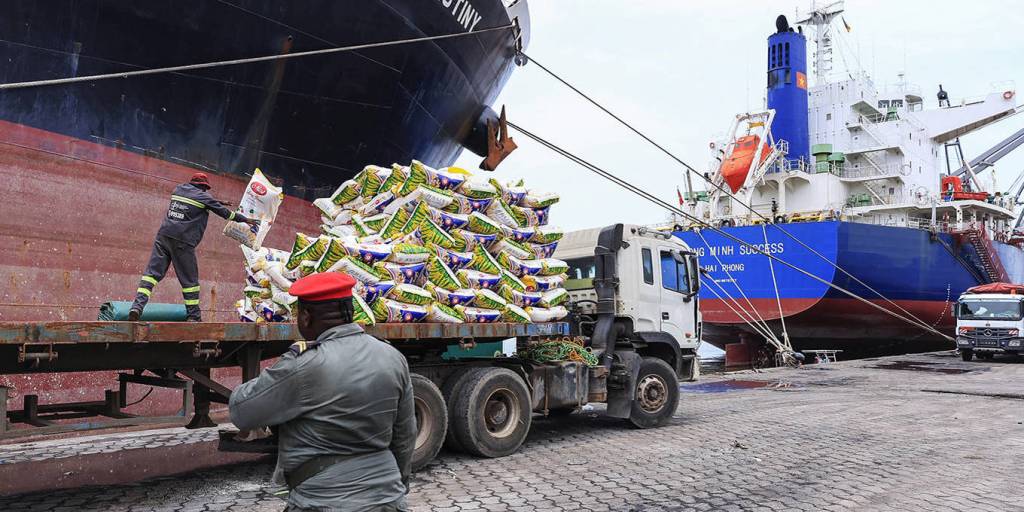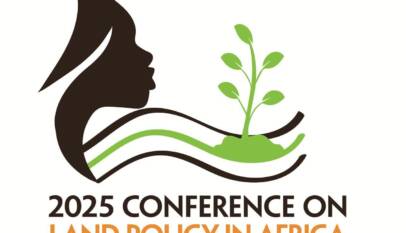OP-ED | AfCFTA@5: Why Africa Must Guard Against Complacency, By Bereket Alemayehu Hagos
Bereket Alemayehu Hagos argues: there has been notable progress in rolling out the African Continental Free Trade Area (AfCFTA), yet to unlock its full potential and deliver shared prosperity across the continent much more remains to be done.

The end of 2025 will mark five years since trading officially commenced under the Agreement Establishing the African Continental Free Trade Area (AfCFTA). Such milestones often serve as opportunities to appraise a project’s progress, not least for a grandiose project like the AfCFTA. The Agreement, which lays the foundations for the AfCFTA, envisions its review every five years to ensure its effectiveness, deepen the continental integration and adapt it to changing regional and global contexts.
The advent of the AfCFTA, a continental single market for goods and services, has been widely applauded. Reaffirming this optimism, the UN Economic Commission for Africa (ECA) and the World Bank estimate that the Agreement’s full implementation will result in significant developmental gains, including boosting intra-African export and import, increasing GDP, creating jobs and reducing poverty. The ECA projects the value of intra-African trade will increase by over 400 per cent by 2045. However, this is only if the Agreement is fully implemented.
The Journey So Far?
Over the last five years, the AfCFTA has steadily moved forward towards implementation, albeit not completely. The AfCFTA Secretariat has reported that the number of AfCFTA members has grown to 49. States have submitted and secured approval of their plans for tariffs and exemptions, and information about service industry plans, which are crucial for trade in goods and services under the AfCFTA.
They have also developed, their national AfCFTA implementation strategies. The strategies will help AfCFTA members identify priority goods and services, reform their legal and institutional frameworks and coordinate their stakeholders (public and private sectors and their partners) for the implementation of the Agreement.
In 2022, the AfCFTA Guided Trade Initiative was launched to test the operational, institutional, legal and policy frameworks and encourage the start of commercially meaningful trading under the single market. Under this initiative, 39 states have been participating in the AfCFTA, with different products traded, exposure visits undertaken, business matchmaking and training conducted. While we should celebrate the limited trade undertaken so far under the AfCFTA, its positive impact will increase as we grow the volume and diversity of trade among its members.
The 2022 launch of the Pan-African Payment and Settlement System, a cross-border financial infrastructure that enables payment transactions across Africa, is also an important step, which helps AfCFTA members trade in local currencies, further facilitating intra-African trade.
In 2023 and 2024, the AU Assembly adopted the Phase II Protocols on Investment, Intellectual Property Rights, Competition Policy, Digital Trade, and Women and Youth in Trade, which will come into force once members ratify them. These expand the scope of the AfCFTA to new aspects of trade and trade-related issues, as well as foster the inclusive and sustainable trade and development agenda, which are the grand objectives of the Agreement.
On private sector engagement, the Intra-African Trade Fair (IATF) has been organised three times over the last five years. The IATF brings together businesses from across the continent to exhibit their products and to network, with the 2023 IATF registering over £32 billion in trade and investment deals.
These achievements of the last five years are crucial and members, the AfCFTA organs and their partners must take the credit. Yet, they are not sufficient for the full implementation of the Agreement and for trade in bulk to happen accordingly.
What’s Next?
As we look forward to the next five years, AfCFTA members must focus on fully implementing the Agreement and trading in bulk under it to fully realise the Agreement’s objectives and reap its benefits.
Implementation demands members bring their national policy, legal and institutional frameworks and practices into full compliance with the AfCFTA Agreement. Their AfCFTA implementation strategies should help them in this regard.
At the continental level, completing the outstanding negotiations needs to be prioritised. In particular, the long overdue agreement on Rules of Origin, which will determine the origin (nationality) of goods as a condition for their eligibility for preferential treatment under the AfCFTA Agreement (e.g. zero/reduced tariffs), must be finalised. The AfCFTA Secretary General has rightly expressed his concerns that this delay “continues to create uncertainty for our private sector in textiles and automotive.”
In the meantime, AfCFTA members need to ratify the Phase II Protocols (Investment, Intellectual Property Rights, Competition Policy, Digital Trade, and Women and Youth in Trade). Yet, they do not necessarily have to wait for ratification of these Protocols for them to take domestic measures, such as revising their investment laws and institutions based on the Investment Protocol. The Protocols have already been adopted by the Assembly, with members’ key rights and obligations laid down. Such an approach gives States enough time to prepare for implementation of the Protocols.
Most importantly, members also need to encourage their private sector to trade in bulk, to the extent of their capacities, under the AfCFTA, while addressing the challenges that limit intra-African trade and Small- and Medium-sized Enterprises’ (SMEs) participation in it. This needs to take into account the Guided Trade Initiative experiences.
With a framework for progressively eliminating tariffs on 97 per cent of tariff lines already set in motion, attention must be particularly given to tackling the multifaceted non-tariff barriers. From SMEs’ perspective, these barriers include insufficient trade information and guidance on how to export and import (legal requirements and processes, applicable fees etc) and limited capacity to meet regulatory standards, such as product health and safety certificates.
Members must not be complacent over the commendable progress they have made in the last five years on the AfCFTA, rather must maintain the momentum in fully implementing it. At the end of the day, their leaders will be judged not on the number of agreements and decisions they adopted under the AfCFTA but on how they practically used the AfCFTA to address their development challenges.
About the Author
Bereket Alemayehu Hagos works on international economic law and policy, with a focus on the African Continental Free Trade Area and broader regional integration in Africa. This Op-Ed article was originally published on Africa at LSE Blog. The views expressed in it are those of the author and do not necessarily reflect African Newspage’s editorial policy.


















